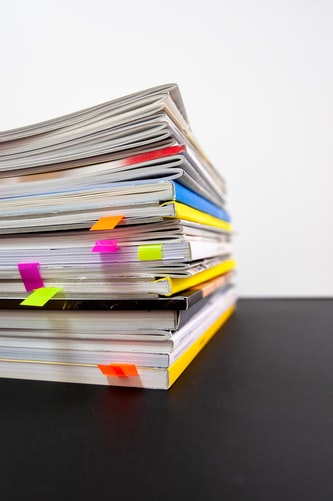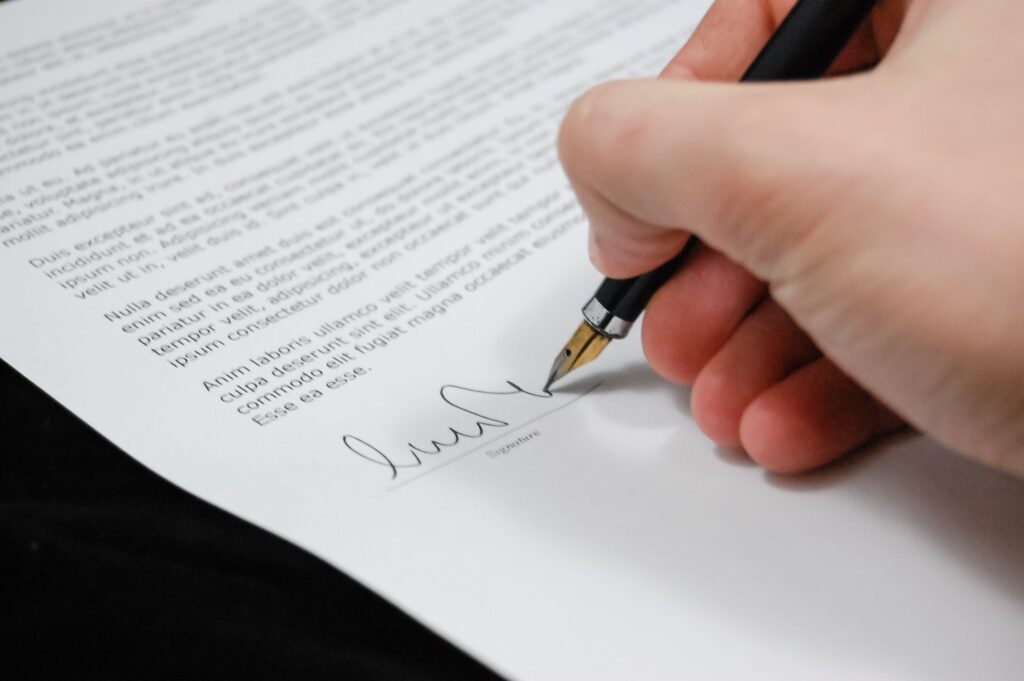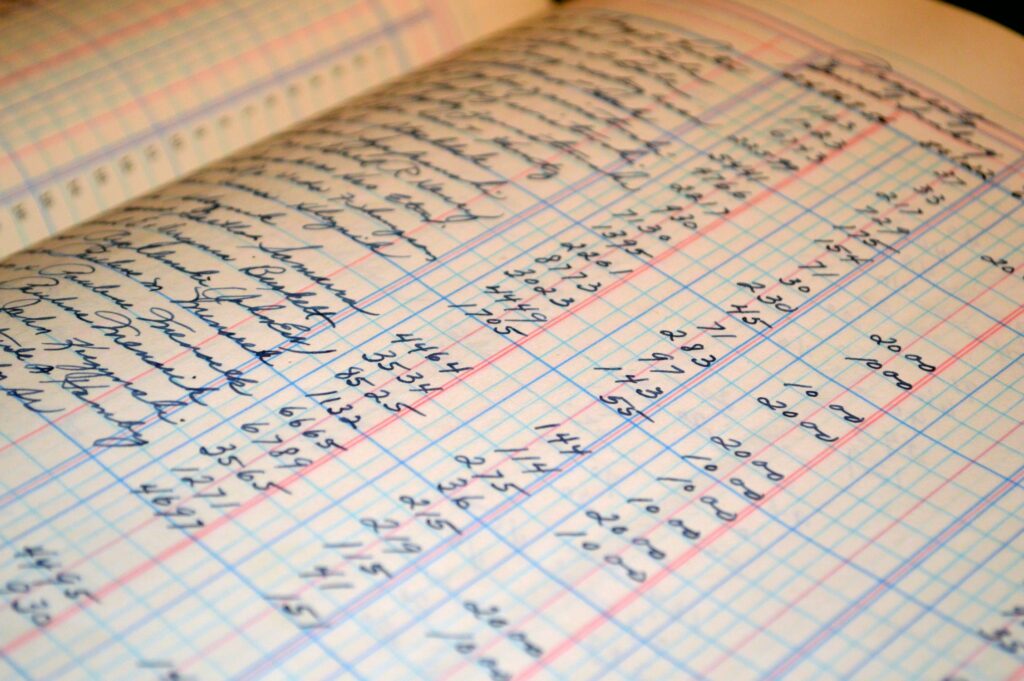There are many parts that make up the ‘secret ingredients’ of how to be successful at flipping houses.

Finding the right property takes a little bit of math and a lot of creativity. I look for properties through the Northwest Multiple Listing Service, foreclosure auction sites, and off-market/private party opportunities. Once I have the home identified, I “drive the property” and tour the interior and exterior. I take notes on the condition and estimate the repairs needed to achieve the ARV (After Rehab Value).

After determining the improvement and holding costs, I enter those numbers into my spreadsheet in order to see the projected profit after it sells. If the numbers make sense and I can realistically maintain the budget, then I start the process of transforming my vision into a reality!

there are many tools that provide information about a property. Being able to leverage years of experience as a real estate agent gives me the upper hand in some ways. Being able to access records from Zillow, and from Redfin, from the County Assessor, and being able to understand the risks and rewards is an important piece of the pie.

Buying a house where non-permitted work has been done can be a nightmare. Whether the transaction is postponed or the seller abandons a transaction, either way the process ends up costing more than it should.
The worst part about tying up capital means that future projects cannot proceed. From a project management perspective, this is a nightmare.

When researching the financial details of a transaction, frequently it takes extra time and effort to be able to see the bottom line.
Being able to research, analyze and understand the financial details is a process that often requires a lot of time and a lot of teamwork. My knowledge and experience working as a real estate agent has shown me the importance of understanding these parts
Short Term CostsUnexpected CostsLong Term Expenses
